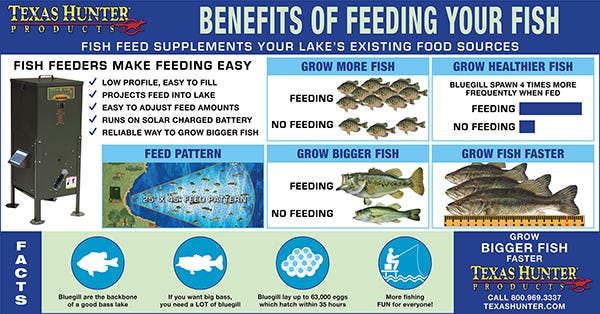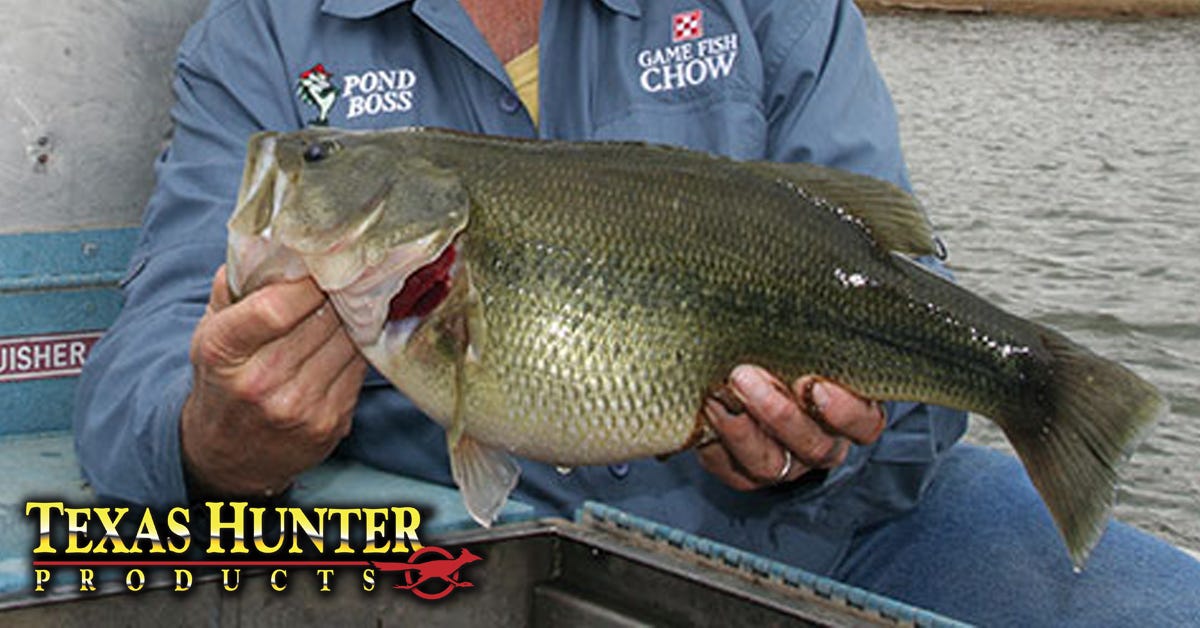- Feb 21, 2024
Tips For Finding Deer Sheds


Want to find more whitetail sheds? Here are a few tips to help you find more shed antlers this spring…
Find the Food
In the quest for deer antlers, locating food sources is the key.
If you lack a dependable late-season food supply, chances are you won't come across many shed antlers. While standing beans or corn are consistent attractants for deer, they can be challenging to locate. Consider seeking out fall-planted winter wheat or rye, crops left untouched, or uncultivated CRP lands or pastures as viable winter food options. Check out supplemental feeding feeders as well. A brief survey of the food source area can indicate deer activity. Examine trails, tracks in mud or snow, and search for bedding areas along field edges or drainage ditches.

Find the Sun
Southern-facing slopes are consistently promising areas to inspect, particularly if there's a high-quality food source in proximity. After enduring a severe winter characterized by intense cold and heavy snowfall, these southern exposures become even more advantageous for discovering deer antlers.
Intensify Your Search
Prior to venturing into the woods, utilize a satellite mapping service such as Google Maps or OnX to review the property's overlay. Mentally designate the areas you believe are less probable to harbor deer. Concentrate your search efforts on the food sources and the southern exposures adjacent to these food sources.
Stop Wasting Time
Avoid areas where you're certain deer won't be present. Open cow pastures or chisel-plowed fields demand less time compared to denser bedding areas. By preemptively excluding lower-quality areas, you can strategize and focus your search efforts more effectively.
Scout
Approach shed hunting with the same diligence as you do deer scouting. Utilize late winter months for driving around and glassing, as it significantly boosts your chances of locating sheds. This activity not only aids in deciding when to begin searching but also in pinpointing specific locations. Observing deer congregating in a particular section of a vast agricultural field can further streamline your search area.
Water
Deer mainly consume grains and woody browse and any offered supplemental nutrition for their sustenance during this time of the year.

With low moisture content, deer actively search for water sources. Springs and open waterholes become prime spots to explore. Typically, areas surrounding water bodies host various woody plants and vegetation that deer feed on during this season. Cattails and willow thickets surrounding ponds and creeks also offer thermal cover, which whitetails readily seek during periods of extreme cold.
Cover A LOT of Ground
The wider your area of exploration, the greater your chances of finding sheds. Utilizing vehicles like ATVs, UTVs, or bicycles allows for covering significant acreage. Riding along the borders of open agricultural fields and pastures can be fruitful. Generally, the more ground you traverse, the more sheds you'll discover. In the Midwest, for example, one can typically find a shed about every 3 miles, but this rate may vary in your region based on deer population density and available habitat.
To grow bigger antlers next season, supplement your herd’s nutrition using Texas Hunter Protein Feeders.




